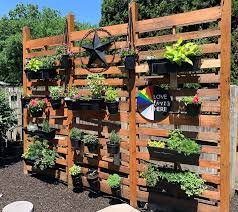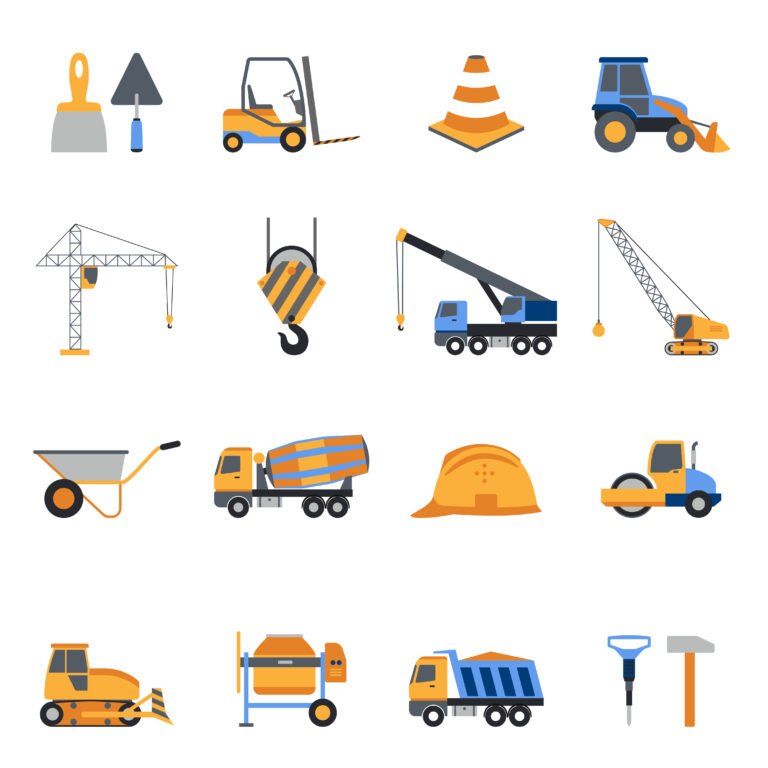Introduction
Gardening has evolved, and creative individuals are finding innovative ways to cultivate green spaces even in the smallest backyards. One such trending method is creating a Pallet Garden – a charming and eco-friendly solution for those looking to add a touch of nature to their outdoor spaces.
A. Definition of a Pallet Garden
A Pallet Garden is a vertical gardening technique that utilizes wooden pallets as a planting structure. This sustainable approach not only maximizes space but also adds a rustic aesthetic to your backyard.
B. Benefits of Creating a Pallet Garden
Pallet Gardens offer numerous advantages, including space efficiency, easy accessibility, and the opportunity to grow a variety of plants. Additionally, they provide an excellent solution for those with limited gardening experience or space constraints.
II. Planning Your Pallet Garden
A. Choosing the Right Pallet
Not all pallets are suitable for gardening. Select a pallet that is sturdy, untreated, and free from any harmful chemicals. Look for the stamp indicating it has been heat-treated rather than chemically treated.
B. Selecting the Perfect Location
Evaluate your backyard to find the ideal spot for your pallet garden. Consider factors such as sunlight exposure, wind direction, and proximity to water sources.
C. Designing Your Garden Layout
Plan the layout of your pallet garden. Take into account the dimensions of the pallet and the types of plants you want to grow. A well-thought-out design ensures optimal growth and visual appeal.
III. Preparing the Pallet
A. Cleaning and Sanding
Before turning your pallet into a garden, clean it thoroughly to remove any dirt or contaminants. Sand the surface to create a smooth finish, preventing splinters and ensuring a polished look.
B. Adding a Protective Layer
To enhance durability, apply a protective layer to the pallet. Consider using eco-friendly sealants or paint to shield the wood from the elements.
C. Choosing the Right Plants for Your Pallet Garden
Select plants that thrive in vertical spaces. Herbs, succulents, and compact vegetables are excellent choices. Ensure compatibility with the amount of sunlight your chosen location receives.
IV. Building Your Pallet Garden
A. Assembling the Pallet
Place the pallet vertically, ensuring stability. If desired, attach additional wooden planks to create designated planting spaces. This step sets the foundation for your vertical garden.
B. Filling with Soil
Add a high-quality potting mix or soil to the pallet’s planting pockets. Ensure proper drainage by drilling holes at the bottom. This promotes healthy plant growth and prevents waterlogging.
C. Planting Your Chosen Vegetation
Carefully plant your selected herbs, flowers, or vegetables in the designated spaces. Consider the specific needs of each plant, such as sunlight requirements and spacing.
V. Caring for Your Pallet Garden
A. Watering and Irrigation
Maintain a consistent watering schedule. Pallet Gardens can dry out quickly, so monitor soil moisture levels and adjust your watering routine accordingly. Consider installing a simple irrigation system for efficiency.
B. Fertilizing and Mulching
Provide nutrients to your plants by regularly fertilizing the soil. Mulching helps retain moisture, suppress weeds, and regulate soil temperature.
C. Monitoring Plant Growth
Regularly check for signs of growth, disease, or pests. Prune and trim as needed to encourage healthy development and prevent overcrowding.
VI. Troubleshooting Common Issues
A. Pests and Diseases
Implement natural pest control methods and be vigilant for signs of diseases. Address issues promptly to safeguard your pallet garden.
B. Weed Management
Use mulch to minimize weed growth. Regularly inspect and remove any unwanted vegetation to maintain the aesthetic and health of your garden.
C. Dealing with Overgrowth
If your plants start overcrowding, consider transplanting or pruning to ensure each plant has sufficient space to thrive.
VII. Showcasing Your Pallet Garden
A. Decorating the Surroundings
Enhance the visual appeal of your backyard by incorporating decorative elements around your pallet garden. Consider adding outdoor furniture, lighting, or artistic features.
B. Hosting a Garden Gathering
Invite friends and family to enjoy your pallet garden oasis. Arrange a small gathering to showcase your gardening prowess and create lasting memories.
VIII. Sustainability of Pallet Gardens
A. Environmental Benefits
Highlight the eco-friendly aspects of pallet gardens, such as repurposing materials and promoting sustainable gardening practices.
B. Recycling and Reusing Materials
Emphasize the importance of recycling pallets and using reclaimed materials for a more sustainable approach to gardening.
IX. Success Stories and Inspirations
A. Real-life Examples
Share inspiring stories of individuals who have successfully created and maintained pallet gardens, showcasing the versatility and beauty of this gardening trend.
B. Before-and-After Transformations
Feature impressive before-and-after images of ordinary spaces transformed into vibrant pallet gardens, encouraging readers to embark on their own gardening journey.
X. Conclusion
Creating a pallet garden is not just about cultivating plants; it’s a journey that transforms your backyard into a personalized oasis. With careful planning, thoughtful design, and ongoing care, you can enjoy the beauty and benefits of a sustainable and visually stunning vertical garden.
FAQs
- Can I use any pallet for a pallet garden?
– While you can use most pallets, it’s crucial to choose untreated, heat-treated pallets to ensure they are safe for gardening.
- How often should I water my pallet garden?
– The frequency of watering depends on various factors, including the climate and types of plants. Monitor soil moisture and adjust accordingly.
- What plants are best suited for a pallet garden?
– Herbs






